History of Whisky: From Monastic Roots to Global Fame
2025-06-03

India, a land rich in culture, heritage, and diversity, is also home to a fascinating array of local drinks that have stood the test of time. These drinks, often crafted from local ingredients and passed down through generations, reflect the unique traditions and lifestyles of different regions. From toddy palm wine in the coastal regions of Kerala and Tamil Nadu to zutho rice beer in Nagaland, let’s take a closer look at some of India’s most iconic local drinks, their benefits, and the cultural significance they hold.
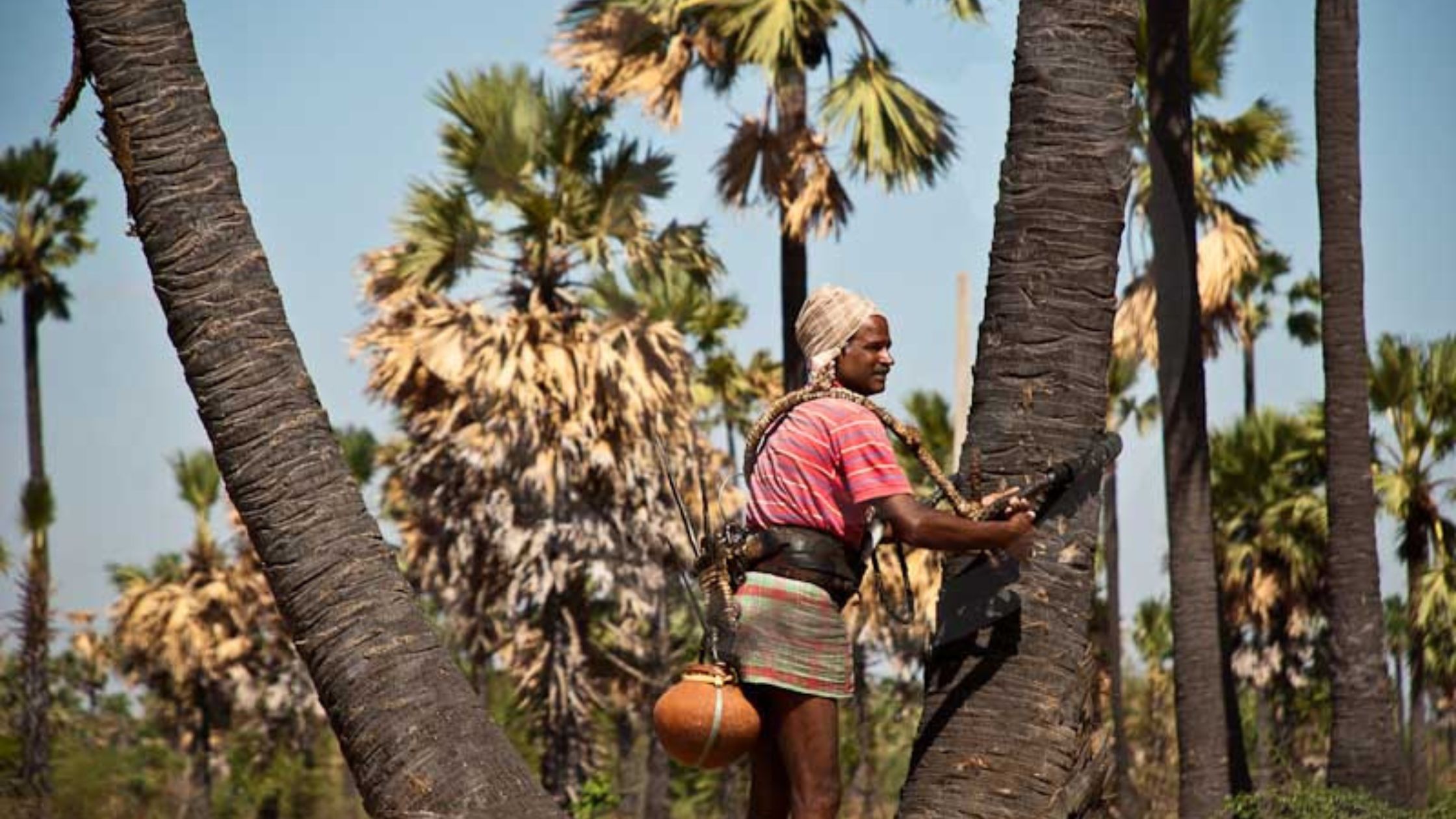
One of the most beloved drinks in South India, especially in Kerala and Tamil Nadu, is toddy—a type of palm wine made from the sap of coconut or palm trees. This traditional drink has been a part of Indian culture for centuries.
Toddy is typically consumed fresh and is often enjoyed with local snacks or food. It’s a drink that holds cultural significance in Kerala, especially during festivities.
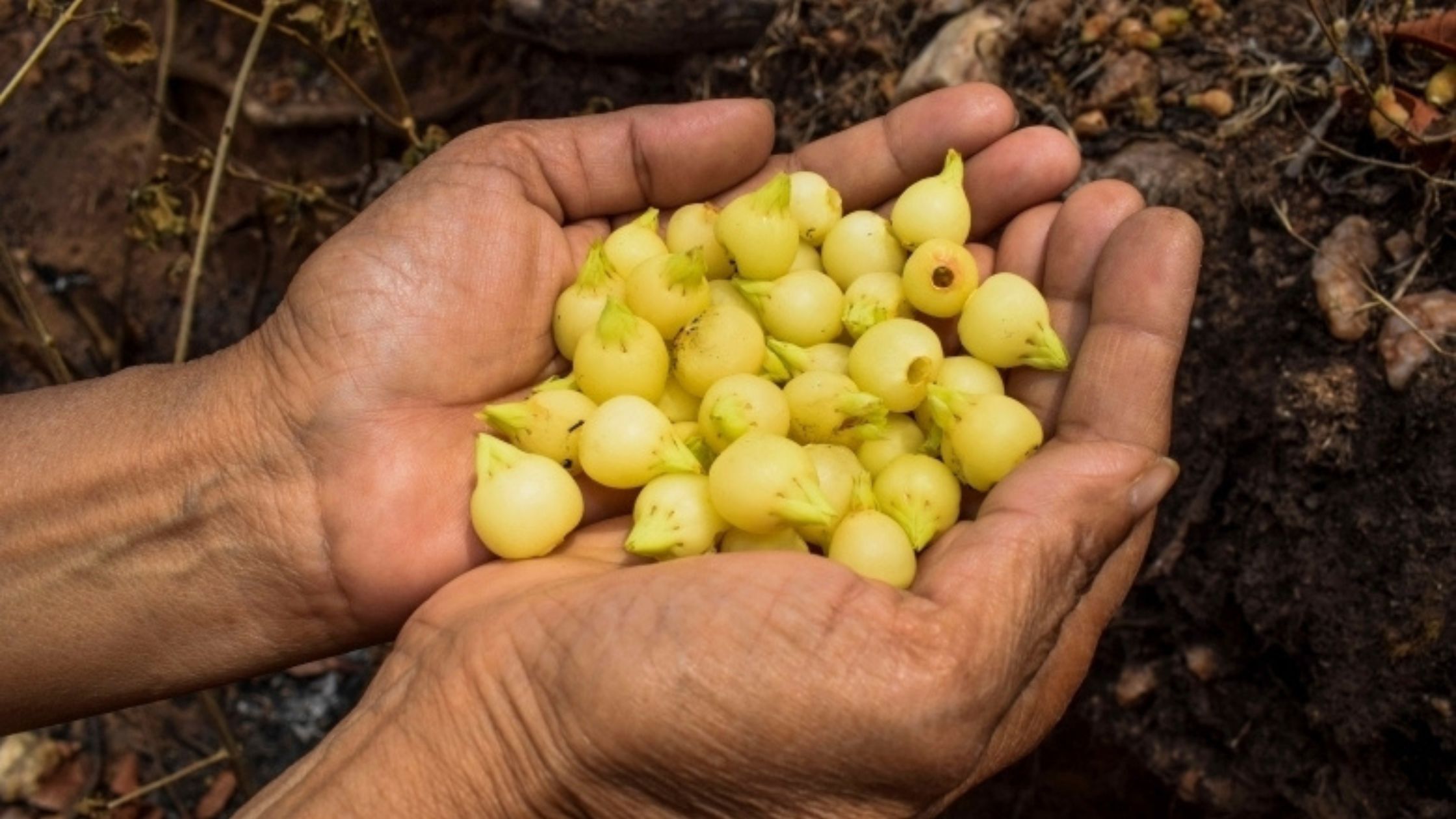
Mahua, made from the flowers of the Mahua tree, is a popular drink in Madhya Pradesh and other central Indian states. The flowers are fermented to make a sweet, potent alcoholic beverage that has been consumed by indigenous communities for centuries.
Mahua has become integral to the local culture, particularly in tribal communities, where it’s consumed during religious and cultural ceremonies.

When you think of Goa, the first thing that often comes to mind is the beautiful coastline and relaxed vibe, but it's also home to one of India’s most iconic local spirits: Feni. This unique drink is made from cashew apples or coconut sap.
Feni is often consumed neat, with tonic, or in cocktails, and holds a deep cultural significance, particularly in the coastal communities of Goa.
.jpg)
In the hilly terrains of Himachal Pradesh, local brews like Lugdi and Jhol have been an integral part of the region's drinking culture.
Lugdi typically has an alcohol content of 4% to 6%, while Jhol may be slightly stronger, with an alcohol content around 6% to 8%.
Both drinks reflect the agricultural lifestyle of Himachal Pradesh and are consumed as part of daily life and cultural rituals.
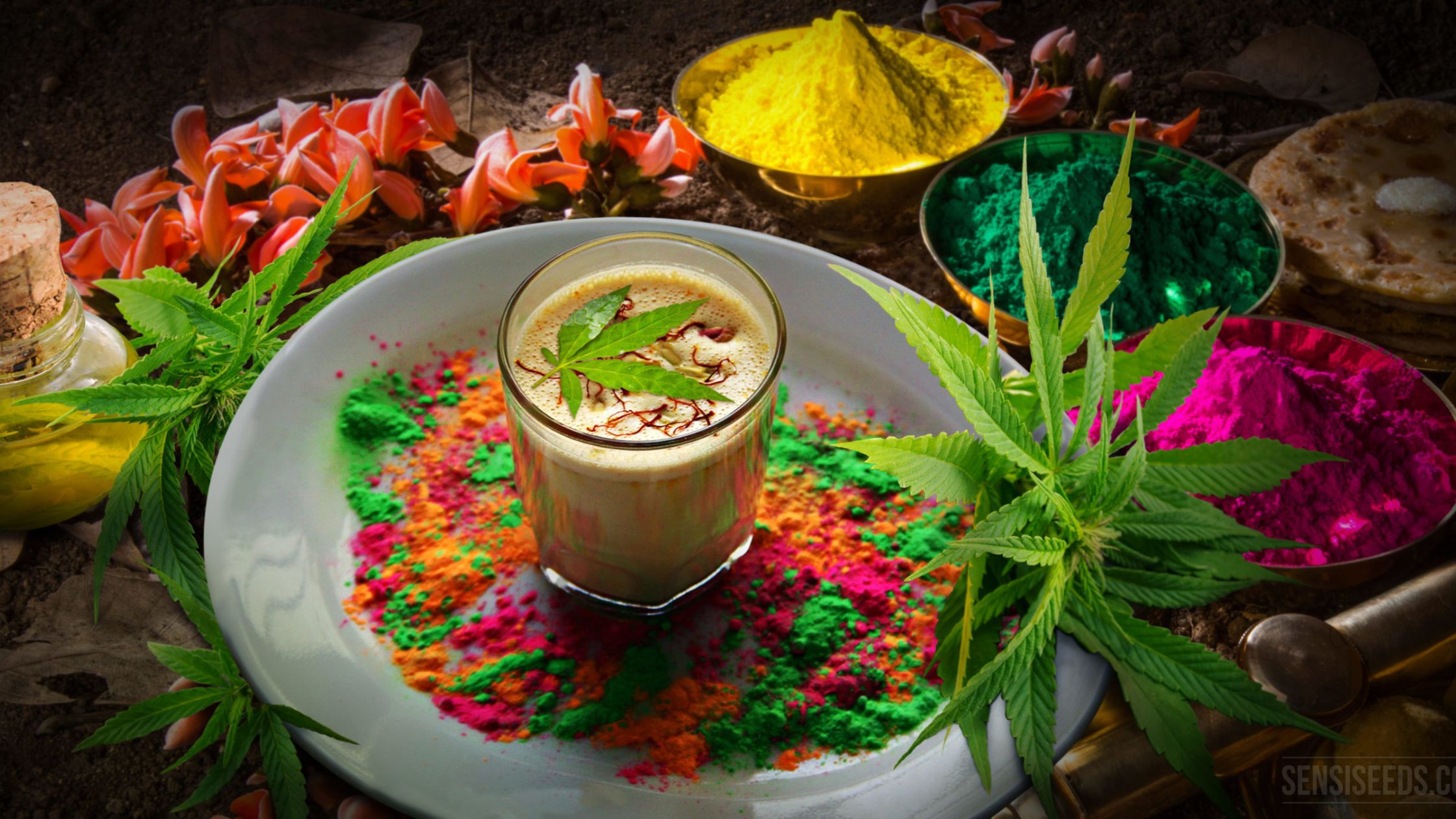
Known for its connection to Holi, the festival of colors, Bhaang is a beverage made from the leaves of the cannabis plant.
Bhaang typically has a low alcohol content, as it’s primarily the cannabis that contributes to its psychoactive properties.
Bhaang holds cultural significance and is consumed during festivities to mark the arrival of spring, with some people also believing it has medicinal benefits, though its use is highly regulated due to its cannabis content.
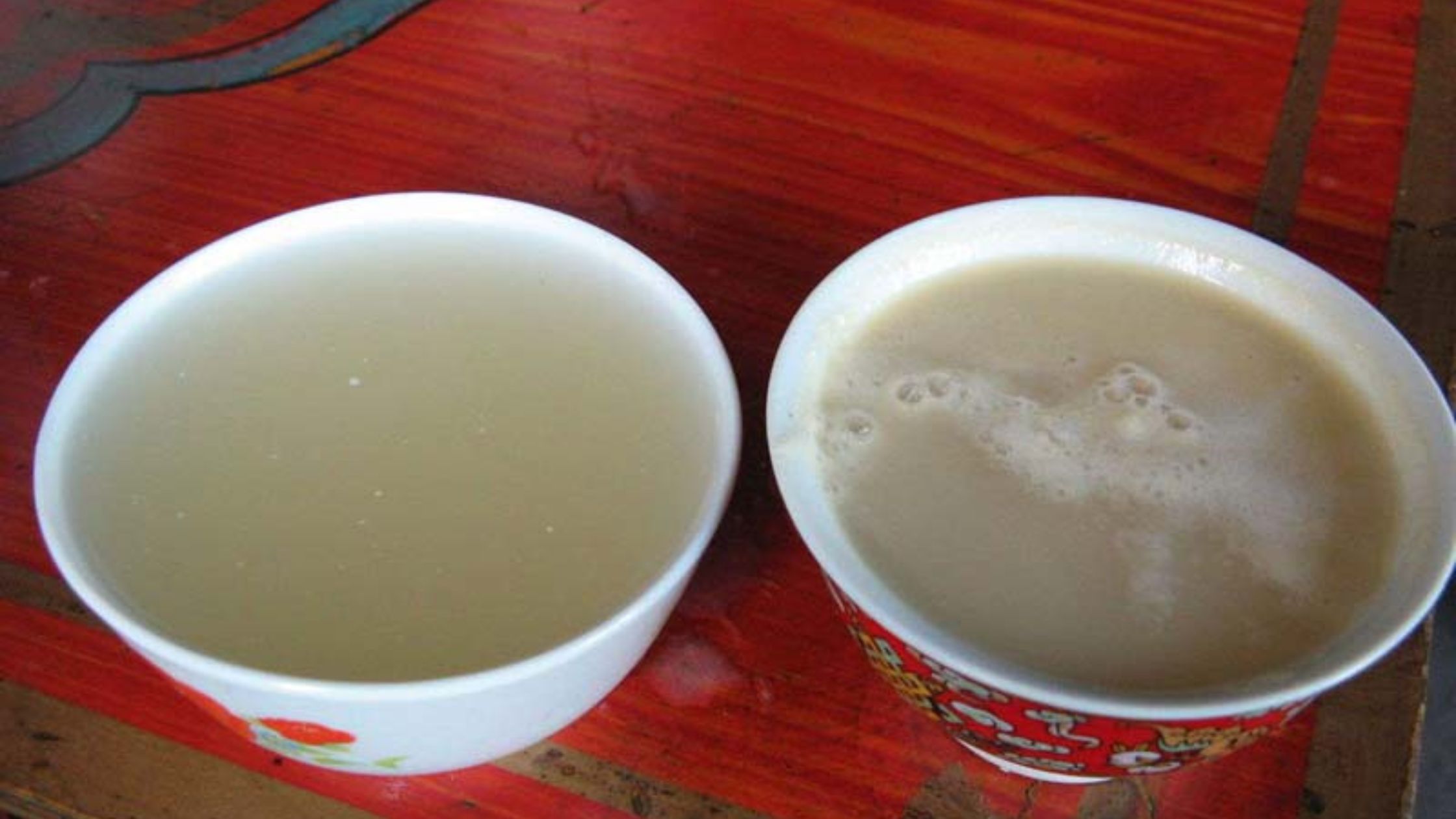
In the cold, mountainous regions of Kashmir, Ladakh, and Assam, Chaaang is a traditional barley beer made from fermented barley, millet, or rice.
Chaaang typically has a low alcohol content, ranging from 4% to 6%.
Chaaang plays a vital role in the social and cultural life of these regions, often shared among friends and family during gatherings.
.jpg)
In the northeastern state of Tripura, Chawarak is a popular local whisky made from fermented rice or millet.
Chawarak is a strong liquor, with an alcohol content ranging from 20% to 30%.
Chawarak is consumed during feasts and social events, where it’s often shared among family and friends.
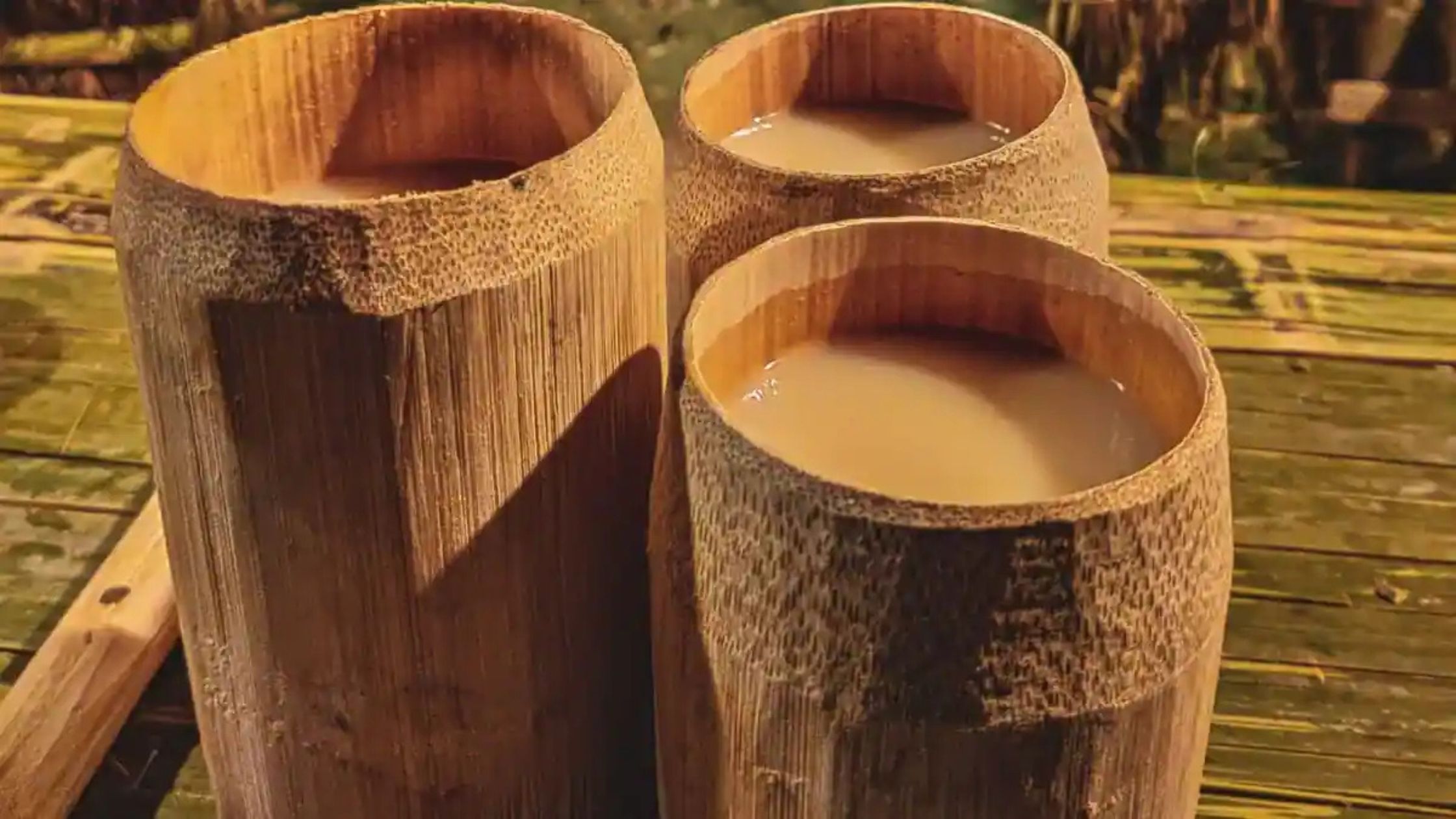
The indigenous tribes of Nagaland have been brewing Zutho, a traditional rice beer, for centuries.
Zutho has a low alcohol content, usually ranging from 4% to 6%.
Zutho is often consumed during tribal festivals and is considered an important part of Nagaland’s social fabric.
India’s iconic local drinks are not just beverages; they are an integral part of the country’s cultural and historical fabric. From the toddy palm wine of Kerala to the zutho rice beer of Nagaland, each drink reflects the region's unique traditions, local ingredients, and ancient brewing techniques.
These drinks, with their distinctive flavors, alcohol content, and cultural significance, offer much more than just a taste of India. They connect generations, promote health benefits, and bring people together in celebration and community. Embrace the heritage, savor the flavors, and experience the traditions of India’s most iconic local drinks.